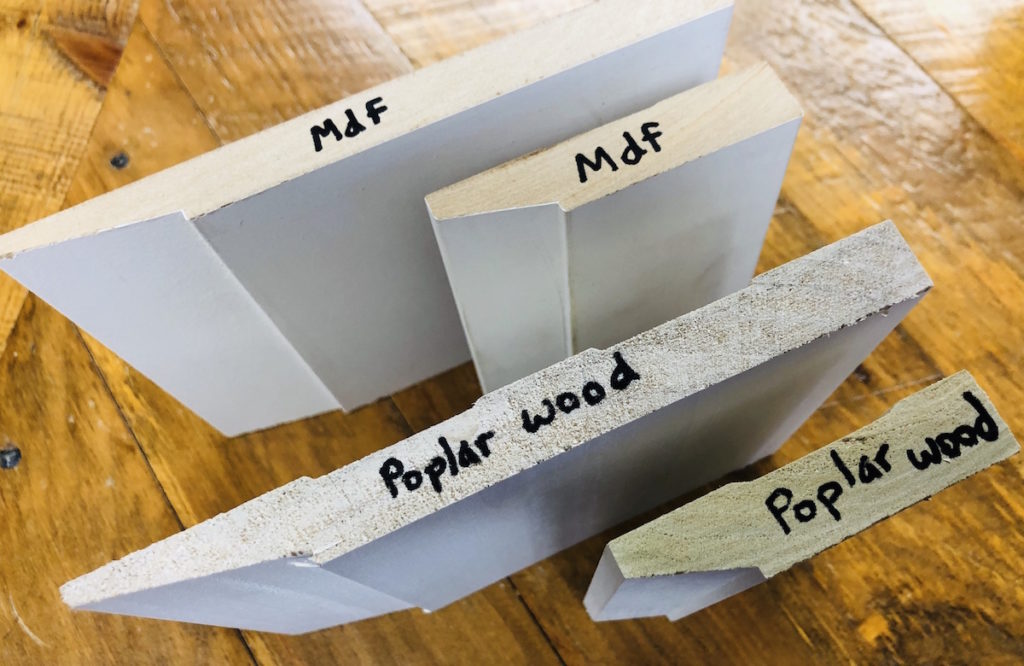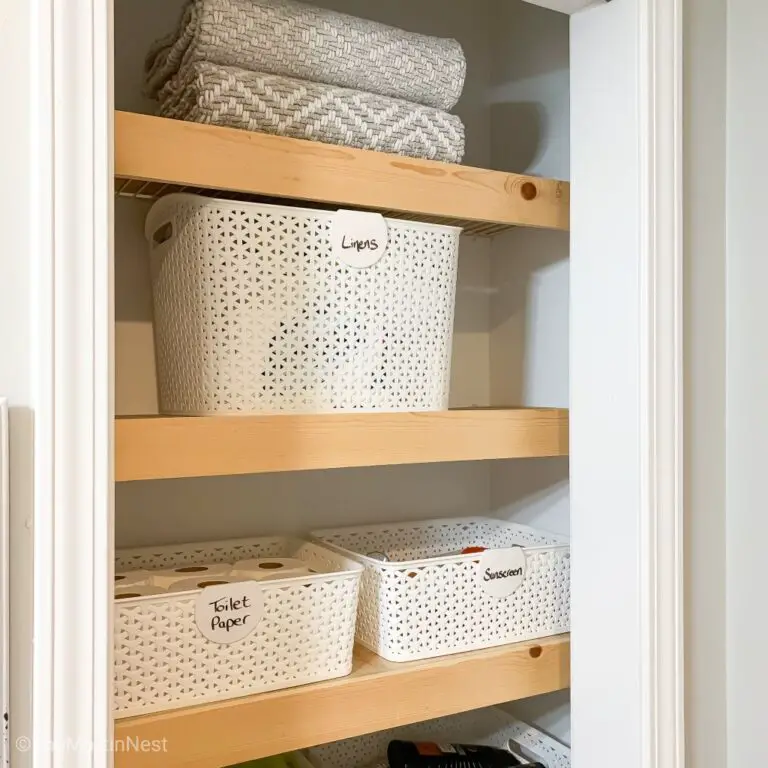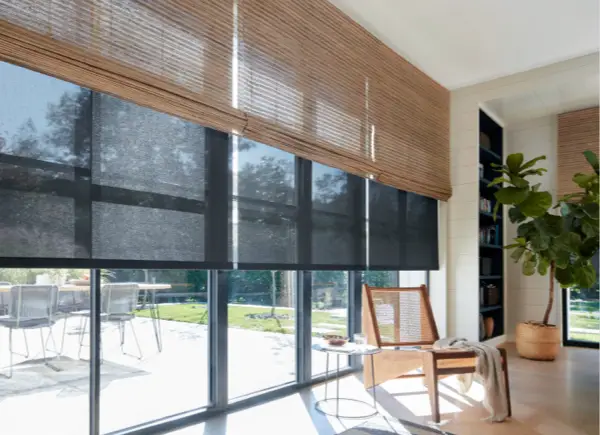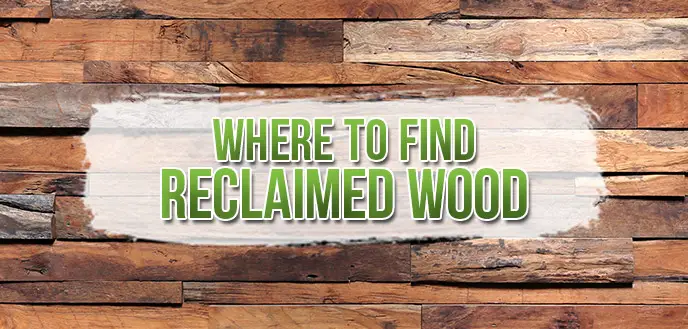Which is Better Mdf Or Wood Baseboards: Pros and Cons Explained
Choosing the right baseboards for your home can make a significant impact on the overall aesthetic and feel of a room. When it comes to baseboards, two popular options are Medium Density Fiberboard (MDF) and wood. Each material has its own set of advantages and disadvantages, which can make the decision-making process quite challenging. In this article, we will delve into the characteristics of MDF and wood baseboards to help you determine which option is better suited for your needs.
MDF Baseboards
MDF baseboards are made from a composite material composed of wood fibers and resin, which are compressed under high pressure to create a durable and smooth surface. These baseboards are known for their affordability and uniform appearance. Here are some key points to consider when it comes to MDF baseboards:
Advantages Of Mdf Baseboards
- Cost-Effective: MDF baseboards are generally more budget-friendly than their wood counterparts, making them an attractive option for homeowners looking to save on costs.
- Smooth Finish: MDF baseboards have a smooth and consistent finish, which makes them easy to paint and achieve a seamless look.
- Resistance to Warping: Unlike wood, MDF baseboards are less prone to warping or cracking, making them an ideal choice for areas with high humidity or temperature variations.
- Environmentally Friendly: MDF is often made from recycled wood fibers, making it a more sustainable option for eco-conscious consumers.
Disadvantages Of Mdf Baseboards
- Moisture Sensitivity: MDF is susceptible to moisture damage, so it may not be suitable for areas prone to water exposure, such as bathrooms or basements.
- Durability: While MDF is a durable material, it is not as hard or impact-resistant as natural wood, making it more prone to dents and dings.
Wood Baseboards
Wood baseboards are a classic choice that exudes natural warmth and elegance. They are available in various wood species, each offering its own distinct grain patterns and finishes. Here are some considerations to keep in mind when evaluating wood baseboards:
Advantages Of Wood Baseboards
- Natural Aesthetics: Wood baseboards add a timeless and luxurious appeal to any room, with their unique grain patterns and organic textures.
- Durability: Solid wood baseboards are highly durable and can withstand impact and wear over time, making them suitable for high-traffic areas.
- Stain Options: Unlike MDF, wood baseboards can be stained to enhance the natural beauty of the wood, allowing for a wider range of color customization.
- Moisture Resistance: Certain wood species, such as oak or maple, are naturally resistant to moisture, making them suitable for areas with higher humidity levels.
Disadvantages Of Wood Baseboards
- Higher Cost: Wood baseboards are generally more expensive than MDF, which can make them less accessible for homeowners on a tight budget.
- Variability: Natural wood may have inconsistencies in grain patterns and color, which can be a drawback for those seeking a more uniform appearance.

Credit: www.royalwoodshop.com
Comparing MDF and Wood Baseboards
When it comes to deciding between MDF and wood baseboards, it ultimately boils down to your preferences, budget, and the specific requirements of the space where the baseboards will be installed. Here’s a quick comparison table to summarize the key differences between the two materials:
| Factors | MDF Baseboards | Wood Baseboards |
|---|---|---|
| Cost | Affordable | Expensive |
| Appearance | Consistent | Natural variations |
| Durability | Prone to dents | Highly durable |
| Moisture Resistance | Susceptible to moisture | Naturally resistant options |
In conclusion, MDF baseboards are an excellent choice for those seeking affordability and consistency, while wood baseboards are well-suited for homeowners who prioritize natural aesthetics and durability. Both materials have their own distinct advantages and limitations, so it’s crucial to weigh your options carefully before making a decision.
Ultimately, the best baseboard option for your home will depend on your specific needs, design preferences, and budget constraints. By considering the unique characteristics of MDF and wood baseboards, you can make an informed choice that enhances the beauty and functionality of your living spaces.
Frequently Asked Questions Of Which Is Better Mdf Or Wood Baseboards: Pros And Cons Explained
What Are The Advantages Of Mdf Baseboards Over Wood?
MDF baseboards are cost-effective, resistant to warping, and have a smooth surface for paint.
Can Wood Baseboards Be More Durable Than Mdf?
Yes, wood baseboards, especially hardwoods like oak, can be more durable than MDF.
Are Mdf Baseboards Prone To Water Damage?
MDF baseboards are prone to water damage and can swell or disintegrate if exposed to moisture.
Do Wood Baseboards Require More Maintenance Than Mdf?
Yes, wood baseboards may require more maintenance, such as sanding and sealing, compared to MDF.







